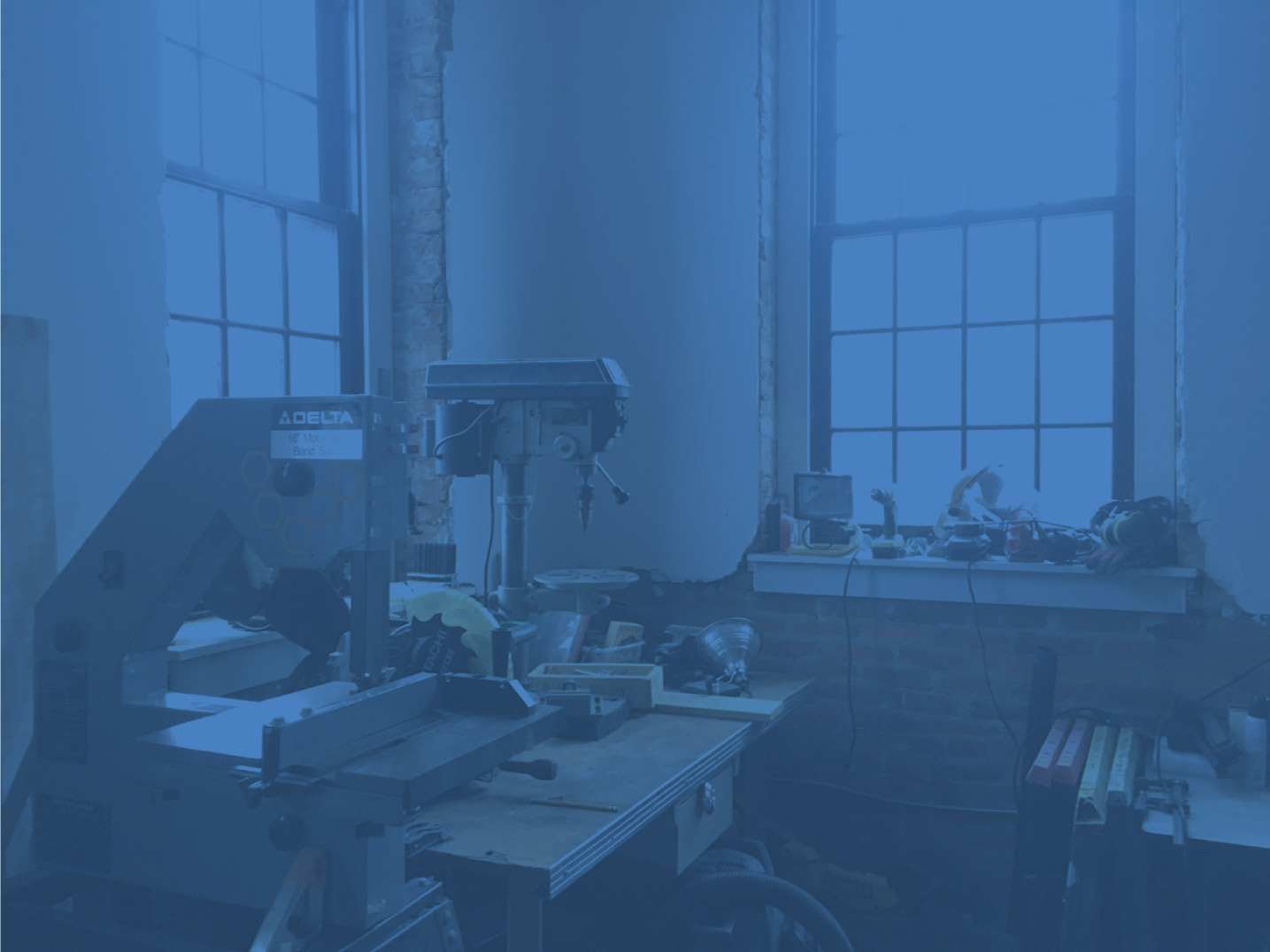 Humanities major and business guy here. Since joining Hive76, I’ve been blown away by how easy (and fun!) it is to make stuff yourself. But I also noticed that sourcing parts for projects you read about isn’t always that easy.
Humanities major and business guy here. Since joining Hive76, I’ve been blown away by how easy (and fun!) it is to make stuff yourself. But I also noticed that sourcing parts for projects you read about isn’t always that easy.
And – a lot of my friends here have great ideas for DIY kits, but they don’t want to take care of sourcing, shipping, collecting money, etc. Who can blame them? There’d be many more interesting kits out there if someone solved the sourcing problem.
That’s why I launched Kitify a few weeks ago. Kitify makes it easy to document and list a bill of materials for a DIY project (a little like Instructables, but you have control over the presentation), and with one click you can also sell your project as a kit that we put together for you. You tell us what’s needed to build the kit, we sell kits on your behalf, and you get paid.
Kitify was fun to build, I had to learn quite a lot to get it off the ground. Check it out! And if you’re interested in selling a kit, let us know through our contact form and we can either help you get it set up on Kitify, or give you other advice on marketing, logistics, design, and lots of other areas.






